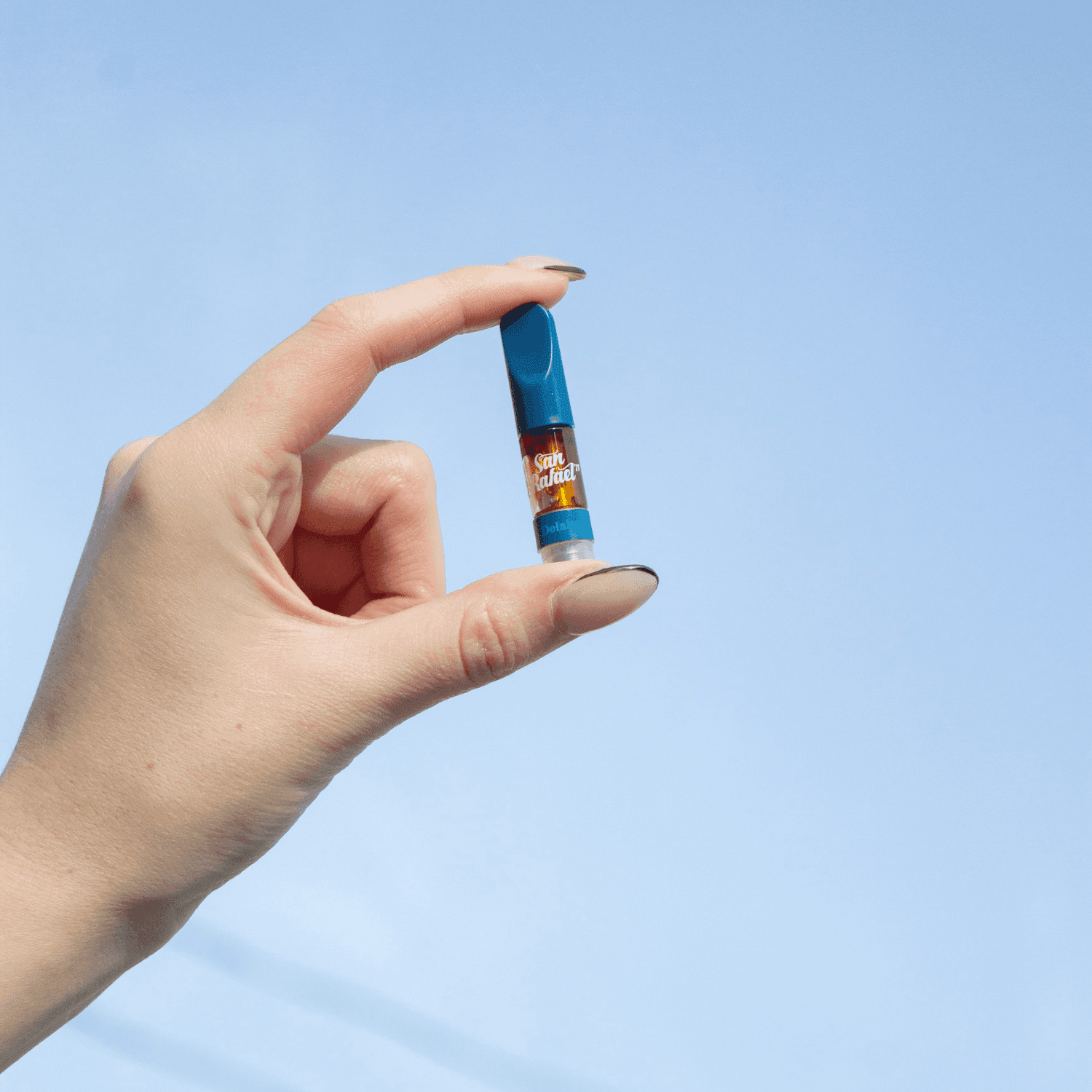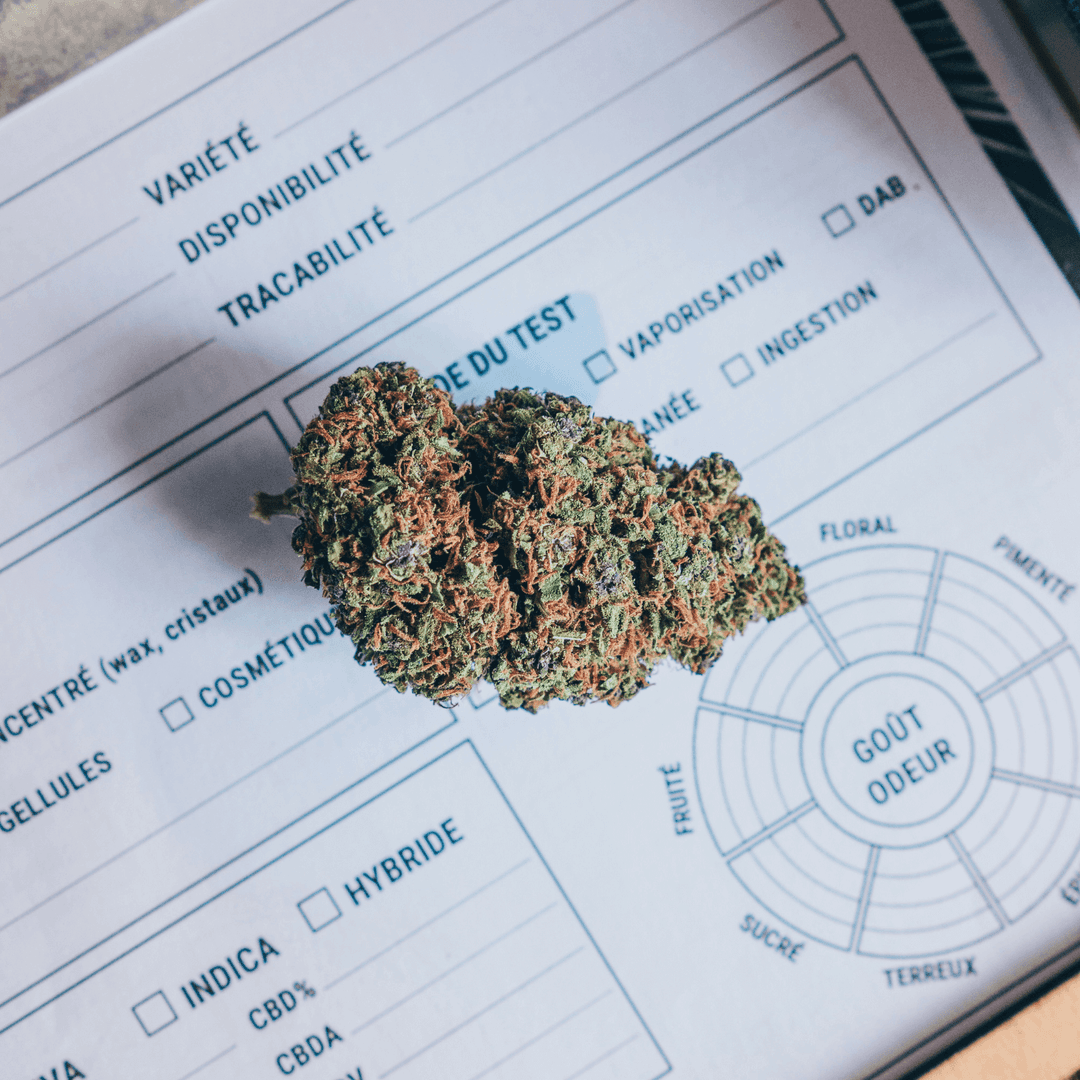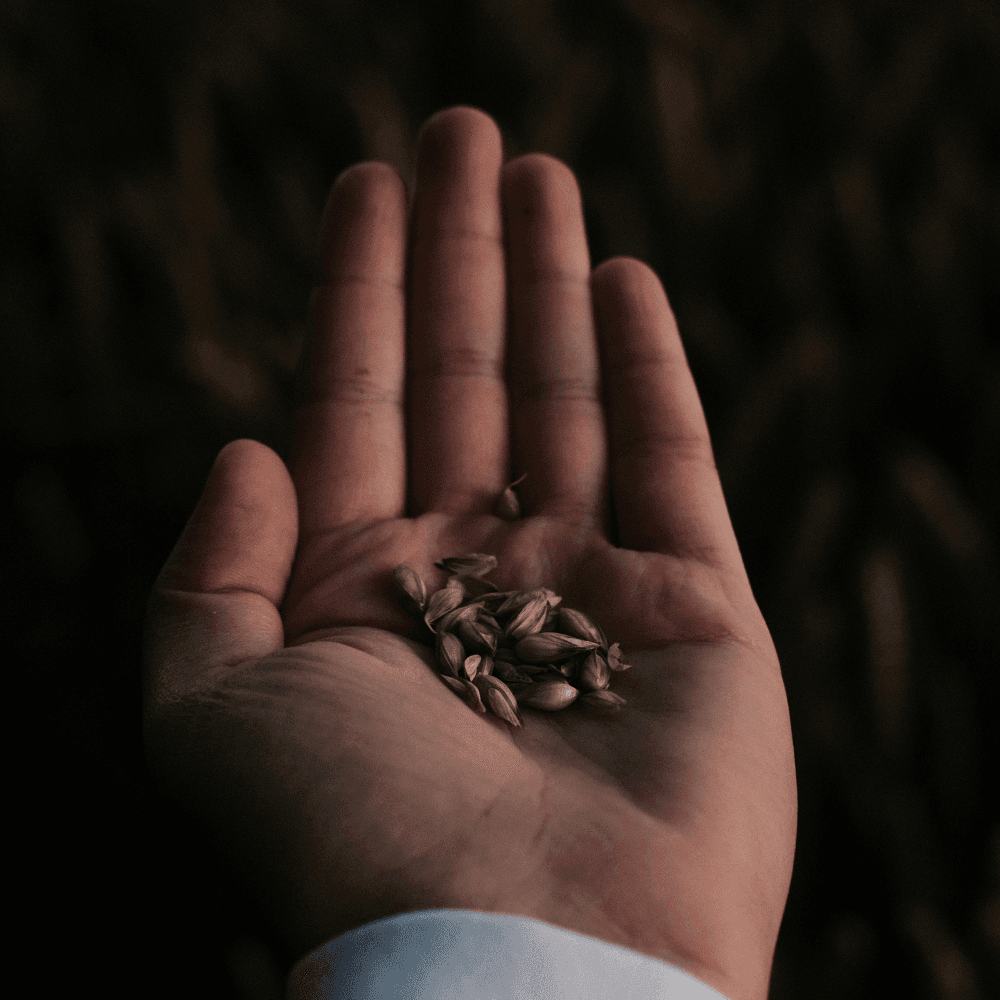
September 19, 2025admin
Distillate THC: The Highly Refined Cannabis Concentrate
In the rapidly evolving cannabis industry, few products have gained as much attention as distillate THC. Known for its purity, versatility, and sky-high potency, THC distillate has become a staple across vape cartridges, edibles, dab rigs, and even sublingual dosing products. Unlike traditional cannabis flower, distillates are created through an advanced distillation process that removes nearly all plant material and impurities, leaving behind a highly purified form of cannabis oil.
If you’ve ever wondered what makes THC distillates different from other cannabis concentrates, how they’re made, or why cannabis consumers are flocking to them, you’re in the right place. This guide breaks down everything from the extraction methods to the many ways you can use THC distillate—all while weighing the pros, cons, and common questions surrounding this highly potent concentrate.
What Is Distillate THC?
At its core, distillate THC is a refined cannabis oil created through distillation. Unlike other cannabis concentrates, which may preserve terpenes and other cannabinoids, pure THC distillate is stripped down to focus almost entirely on THC, the psychoactive compound responsible for cannabis’s high. This makes it a potent form of cannabis, often boasting THC levels of 90% or more.
Unlike crude oil extracted directly from the cannabis plant, which contains a mix of plant matter, terpenes, waxes, and other cannabinoids, the distillation process isolates a specific cannabinoid. In this case, THC becomes the star of the final product. The result? A thick oil with little to no aroma or marijuana flavor, offering flexibility for use across many cannabis products.
How Is THC Distillate Made? The Distillation Process
Creating THC distillate involves multiple steps designed to refine and purify the extract. While different extraction methods exist, most start with ethanol, carbon dioxide, or hydrocarbon systems to pull cannabinoids from cannabis flower or trim. The initial crude oil contains not just cannabinoids but also fats, waxes, and plant matter.
From here, the crude oil undergoes:
- Winterization – separating out fats and lipids using ethanol.
- Decarboxylation – heating the extract to activate THC by converting THCA into THC.
- Distillation – using heat and vacuum pressure to separate compounds by their boiling points.
This extraction system allows processors to isolate THC as a highly purified form, resulting in pure THC distillate. The distillation process can also be used to create CBD distillate or target other cannabinoids, depending on the desired final product.
Potency and Cannabinoid Profile
One of the main draws of THC distillates is their extraordinary potency. Most high-quality products test between 90–99% THC, making them one of the most highly potent concentrates in the market today. This is far higher than typical cannabis flower, which usually ranges from 15–30% THC.
Because distillates are produced in such a purest form, they often lack the terpenes and minor cannabinoids found in other extracts. While this means less aroma and flavor, many producers reintroduce terpenes after thc distillation to mimic the profile of different cannabis strains. This helps restore the entourage effect, where cannabinoids and compounds work together for a richer experience.
Different Ways to Use THC Distillate
Another reason cannabis distillate has exploded in popularity is its flexibility. Because it’s odorless and flavorless in its raw state, you can consume distillate in a variety of ways:
- Vape Cartridges & Vape Pens – One of the most common forms, distillates are often mixed with propylene glycol or vegetable glycerine to create smooth vapor for vaping distillate.
- Dab Rig – For those seeking a potent hit, smoke distillate using a dab rig. Just a tiny amount delivers a strong effect.
- Edibles – Distillates are frequently used in cannabis edibles because they blend seamlessly into food without altering flavor. They’re also already decarboxylated, meaning they’re active as-is.
- Moon Rocks – Combine cannabis flower, hash oil, and kief to create moon rocks, sometimes infused with distillate for higher potency.
- Sublingual Dosing – Place a low dose of distillate under the tongue for fast absorption.
- Topicals – Infused lotions and oils often rely on distillates for precise cannabinoid content.
This wide range of options is part of why cannabis consumers of all types are turning to distillates for both medical and recreational purposes.
Distillate THC vs. Other Cannabis Concentrates
When comparing distillate vs other extracts, several differences stand out. Live resin, rosin, and wax often retain more terpenes and other cannabinoids, leading to richer aroma and flavor. Distillate, on the other hand, is about high potency and purity.
For cannabis enthusiasts who want the full flavor of cannabis flower, live resin or rosin may be preferable. But for those who want the purest form of THC with no added distractions, pure THC distillate is the way to go. This is also why distillates are so popular in vape products and edibles—they deliver high potency without overpowering taste.
Benefits of Distillate THC
There are several reasons purchasing THC distillate has become mainstream:
- High Potency: Offers a potent form of THC unmatched by flower.
- Versatility: Can be used in edibles, vape cartridges, topicals, and more.
- Neutral Profile: Lacks strong marijuana flavor, making it ideal for products where taste matters.
- Consistency: Provides reliable results with each use.
- Discreet: Minimal smoke or odor compared to cannabis flower.
These qualities make it appealing for both recreational cannabis consumers and patients seeking precise cannabinoid dosing.
Potential Drawbacks and Risks
While there are many upsides, it’s important to understand the potential downsides of vaping distillate or using it in other ways:
- Too Potent: Because it’s a highly potent concentrate, overconsumption is easy, especially for beginners.
- Loss of Terpenes: Distillates often lack the natural flavor and aroma of the cannabis plant.
- Additives: Some lower-quality distillate syringes or vape juices may contain unsafe thinning agents. Always seek high quality products.
- Not Full Spectrum: Missing many beneficial compounds found in whole-plant extracts.
Being aware of these factors helps cannabis consumers make informed choices.
Storage and Handling: Keeping Distillate Fresh
Because distillate THC is a highly purified form, it’s generally stable and has a longer shelf life than cannabis flower. Still, proper storage is key:
- Keep in an airtight container.
- Avoid direct sunlight.
- Store at a consistent, cool temperature.
Most people purchase THC distillate syringes for easy handling. These allow you to use THC distillate in controlled amounts, whether for edibles, dab rigs, or vape pens.
The Role of Distillate Syringes
One of the most common forms of packaging for THC distillates is the thc distillate syringe. Despite the name, these are not for injection. Instead, they provide a convenient way to measure and dispense the thick oil.
Distillate syringes make it simple to add a tiny amount of distillate to a bowl, joint, or edible recipe. They’re also popular for sublingual dosing or loading vape cartridges. When purchasing THC distillate, syringes are often the preferred format for both convenience and precision.
Legal and Market Perspectives
In today’s market, cannabis distillates are everywhere—from edibles to vape cartridges to tinctures. The booming demand has pushed producers to refine the extraction process and deliver high quality products that meet safety standards.
However, as with all cannabis products, legality varies. Some states or countries allow the sale of distillates, while others restrict cannabis oils altogether. Always check local regulations before buying or transporting distillate.
Final Thoughts on Distillate THC
So, is distillate THC worth it? For many, the answer is yes. It represents one of the purest forms of cannabis oil, offering unmatched potency and versatility. Whether you prefer to smoke distillate in a dab rig, enjoy it through vape pens, or infuse it into edibles, there’s no denying that distillates are a cornerstone of the modern cannabis market.
Still, it’s important to approach with caution. The process that creates such a highly potent concentrate also strips away the natural balance of the cannabis plant. For some, that’s a trade-off worth making; for others, the loss of terpenes and flavor may be a dealbreaker.
At the end of the day, whether you’re using a thc distillate syringe for precision dosing or loading up your vape cartridges for convenience, distillates offer something few other cannabis concentrates can: a potent, flexible, and consistent experience. Just remember—a tiny amount goes a long way.
Frequently Asked Questions
1. Is THC distillate stronger?
Yes—THC distillate is considered one of the strongest cannabis concentrates on the market today. Thanks to the distillation process, impurities, plant material, and other cannabinoids are stripped away, leaving a highly potent concentrate that can reach upwards of 90% THC. This makes it much stronger than traditional cannabis flower or many other cannabis concentrates, though potency can vary slightly depending on the extraction methods and final product formulation.
2. Why is distillate cheap?
Distillate is often more affordable than other cannabis oils or concentrates because it’s relatively easy to mass-produce once an extraction system is in place. Unlike live resin or rosin, which require delicate preservation of terpenes and more labor-intensive extraction methods, distillates focus on purity and potency rather than flavor or aroma. This streamlined process keeps costs down, making it one of the most accessible high-potency cannabis products for consumers.
3. Is distillate 99% THC?
While some marketing claims may suggest “99% THC,” most THC distillates typically range between 85–95% THC in their purest form. Achieving a true 99% THC content is extremely rare because trace amounts of other cannabinoids, terpenes, or compounds often remain in the final product. Still, pure THC distillate remains one of the most concentrated and refined cannabis oils available.
4. What is the potency of THC distillate?
THC distillate is highly potent, usually testing at 85–95% THC. For comparison, high-quality cannabis flower typically contains around 20–30% THC. Because of this intense potency, cannabis consumers are encouraged to use THC distillate in very small doses—whether through vape cartridges, dab rigs, or sublingual dosing. Even a tiny amount can deliver strong effects, making distillate one of the most efficient cannabis concentrates for those seeking high potency.
Related Articles

Does CBD Show Up on a Drug Test?
CBD has gone mainstream fast. From wellness routines to post-workout recovery, cannabidiol extracts sold online and in stores have become part of everyday life for a lot of people. But as CBD products become more common, one question keeps coming up: does CBD show up on a drug test?
December 18, 2025admin
How Much CBD Should a Beginner Start With? A Smart, Simple Guide to CBD Dosage
If you’re new to CBD, one of the first questions you’ll probably ask is how much CBD should a beginner start with. It sounds simple, but once you start browsing CBD products, the answer can feel anything but clear. Oils, gummies, tinctures, capsules, labels full of milligrams — it’s a lot to take in when you’re just trying to do this the right way.
December 18, 2025admin
What Do Cannabis Seeds Look Like: A Complete Guide for Growers
If you’re new to the cannabis world or looking to start your own cannabis cultivation, one of the first questions that may come to mind is, “what do cannabis seeds look like?” Recognizing healthy seeds is an essential skill for anyone who wants a successful harvest and robust cannabis plants. From marijuana seeds to weed seeds, knowing how to distinguish healthy marijuana seeds from immature seeds or old seeds can save you time, effort, and money.
November 29, 2025admin